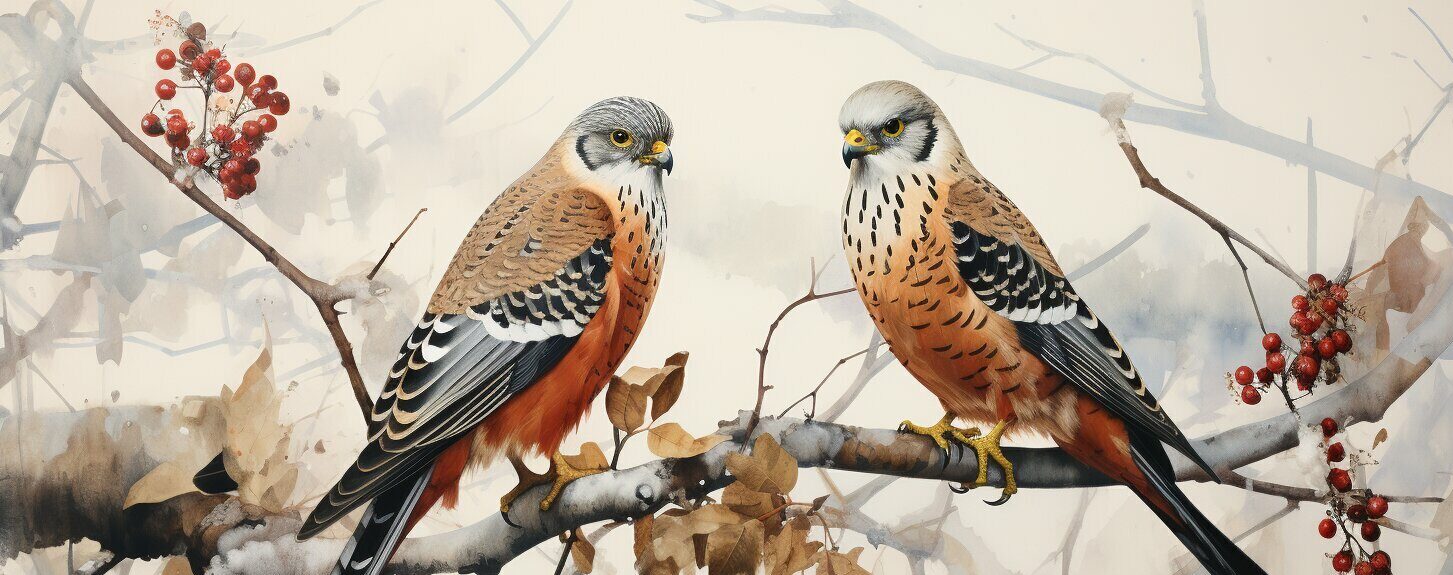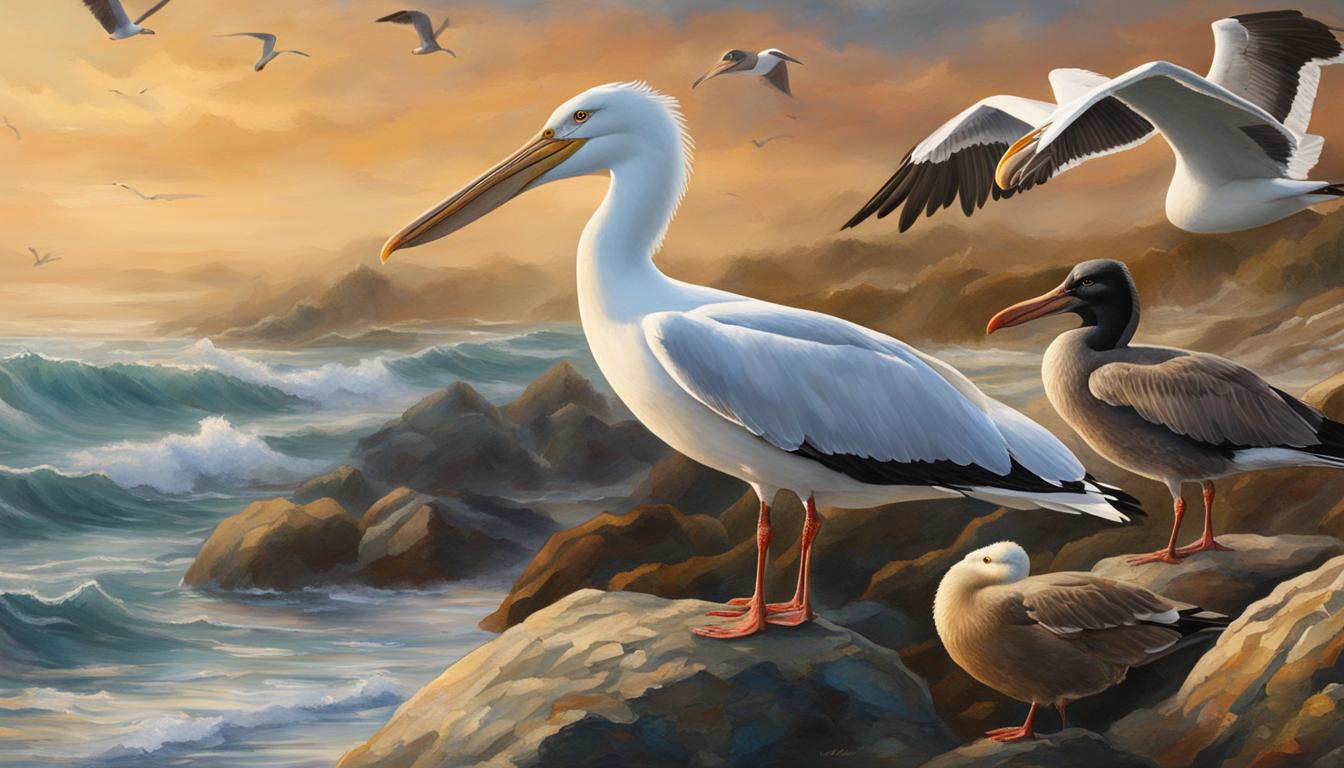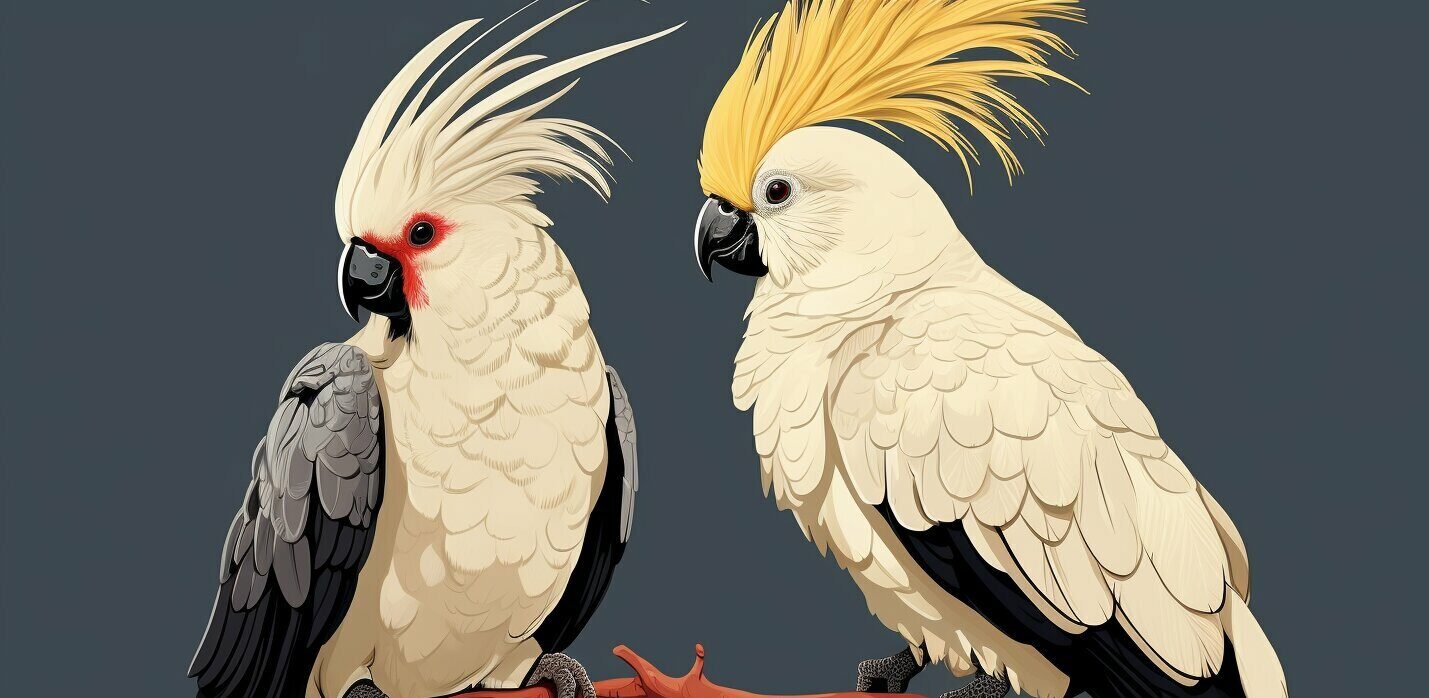When it comes to avian enthusiasts, the distinction between Finches and Canaries is a common point of interest. While they both belong to the same taxonomic order, they have distinct traits that set them apart. In this comprehensive guide, we take a closer look at the difference between Finches and Canaries, exploring their unique characteristics and behaviors.
Key Takeaways:
- Finches and Canaries belong to the same taxonomic order but have different families.
- Finches are smaller and have colorful plumage and diverse beak shapes.
- Canaries are larger and have distinct singing abilities and captive breeding history.
- Both species have specific care requirements that need attention.
Characteristics of Finches
Finches are small, energetic birds with a variety of distinctive characteristics and behaviors. They are known for their brightly colored plumage, often adorned with vibrant markings, and their unique beak shapes that have evolved to match their preferred food sources.
With over 100 different species of Finches, they can be found in various habitats such as forests, grasslands, and deserts around the world. They have a diverse diet that can range from small insects to seeds and fruits.
Finches are social birds and are often found in pairs or small flocks. They have charming behaviors such as hopping around and flitting their wings. Their nesting habits also vary depending on the species, with some building intricate nests while others use pre-existing cavities.
Overall, Finches are fascinating creatures with a unique set of characteristics that make them a joy to observe and care for.
Characteristics of Canaries
Canaries are another popular avian species, belonging to the Fringillidae (Finch) family. They are also known as Serinus canaria and have been domesticated for their singing abilities, resulting in the development of various breeds of Canaries with unique characteristics. Here are some distinguishing features of Canaries:
- Size and Physical Characteristics: Canaries are generally larger than Finches, with a length of up to 5-8 inches. They have a stout body, a cone-shaped bill, and a long tail.
- Color Variations: Canaries have a wide range of colors that vary from soft yellow to bright orange or red. Breeding has resulted in various patterns such as crested or spotted.
- Singing Abilities: Canaries are known for their beautiful and melodious singing ability. In fact, male Canaries are more vocal than their female counterparts and have a unique repertoire of songs. They can be trained to sing specific tunes as well.
- History of Captive Breeding: Canaries were first brought to Europe in the 15th century and have been extensively bred as pets ever since. They are now one of the most popular bird species kept in captivity.
With their attractive colors and enchanting singing abilities, Canaries make great pets for bird enthusiasts. In the next section, we will explore the similarities and differences between Finches and Canaries.
Similarities and Differences Between Finches and Canaries
While Finches and Canaries may share certain similarities, they also possess distinct differences in physical appearance, singing abilities, and habitat preferences. Both species belong to the same taxonomic order but belong to different families. Finches are members of the Fringillidae family, while Canaries belong to the Finch family.
One of the main differences between these two bird species is their size. Finches are generally smaller than Canaries. In terms of color, Finches are known for their brightly colored plumage and diverse beak shapes, while Canaries are more typically yellow, although there are many color variations and patterns that occur naturally.
Another significant difference between Finches and Canaries is their singing abilities. While Finches are known for their charming calls and songs, Canaries are famous for their unique singing abilities that can be trained. Canaries were originally bred in captivity for their exceptional singing voices, and they remain popular pets today because of their melodic tunes.
Regarding habitat preferences, Finches tend to inhabit natural landscapes like forests, grasslands, and deserts, while Canaries are more commonly found in urban and suburban areas. Finches have a varied diet, feeding mainly on seeds and insects, while Canaries are primarily granivorous and enjoy a diet of seeds, fruits, and insects.
It is worth noting that due to their genetic similarity, Finches and Canaries can interbreed, resulting in hybrid offspring. However, it is not recommended to attempt this as it can have negative effects on both species.
In conclusion, while Finches and Canaries share certain traits, their unique characteristics set them apart from each other. Whether you prefer the vibrant colors and charming calls of the Finch or the melodic singing of the Canary, both species are fascinating birds that make wonderful pets for the right owner.
Care Considerations for Finches and Canaries
Proper care is essential for the health and well-being of both Finches and Canaries, whether kept as pets or in aviaries.
Environmental Requirements
Both species require appropriately sized cages or aviaries that allow for adequate movement and exercise. Finches prefer horizontal flight space, while Canaries prefer vertical space for perching and singing. Ensure cages are placed away from drafts, direct sunlight, and extreme temperatures. Provide appropriate perches, nesting materials, and toys for environmental enrichment.
Dietary Needs
Finches are primarily seed-eaters but also consume insects and fruits in the wild. Offer a high-quality Finch seed mix, fresh water, and occasional nutritious treats like dark leafy greens and small pieces of fruit. Canaries also primarily consume seeds and benefit from a high-quality Canary seed mix, fresh water, and occasional treats like hard-boiled egg and grated carrots.
Veterinary Care
Regular veterinary check-ups are important for both species to detect and treat any health issues early on. Find a veterinarian experienced in caring for birds to perform routine check-ups, monitor weight, and trim beaks and nails when necessary.
Social Interaction
Both Finches and Canaries benefit from social interaction with their own species or other small birds. Consider keeping them in pairs or small flocks to provide companionship and prevent loneliness. Interact with them daily through talking, singing, or whistling to help build trust and strengthen your bond.
Pet Considerations
While both Finches and Canaries make popular pets, they have different characteristics that need to be considered when deciding which is best for you. Finches are generally more social and active, while Canaries are more vocal and may require more space for perching and singing. Consider your lifestyle and the amount of time you can dedicate to their care before making a decision.
Conclusion
In conclusion, learning about the difference between Finches and Canaries has been an enlightening journey. Both species, belonging to the avian family, have unique traits and charming behaviors that make them fascinating to watch and care for.
Finches are renowned for their small size, colorful plumage, diverse beak shapes, and their preference for specific habitat types. Their feeding and nesting behaviors are also of interest. Canaries, on the other hand, are larger and have distinctive singing abilities. They come in a range of colors and patterns and are popular as pets, having been bred in captivity for centuries.
Despite their differences, Finches and Canaries share some similarities, such as being in the same taxonomic order but belonging to different families. They overlap in diet, but their physical appearances, singing abilities, and habitat preferences vary significantly. While hybridization is possible between them, they remain distinct species.
Proper care is essential for both Finches and Canaries. They have specific dietary and environmental needs, and regular veterinary check-ups are crucial for their well-being. Social interaction is also vital for their mental health.
In conclusion, appreciating the unique traits and behaviors of these avian wonders is a fulfilling experience. Understanding the difference between Finches and Canaries allows us to better care for them and appreciate their individuality.
 Skip to main content
Skip to main content


